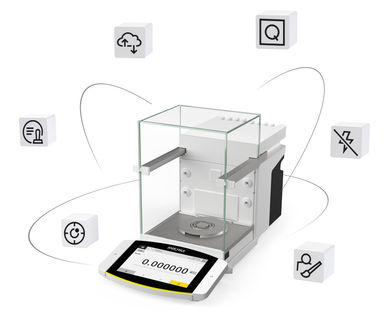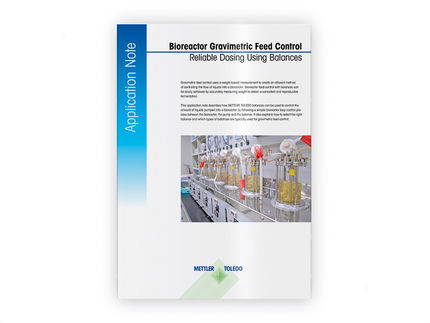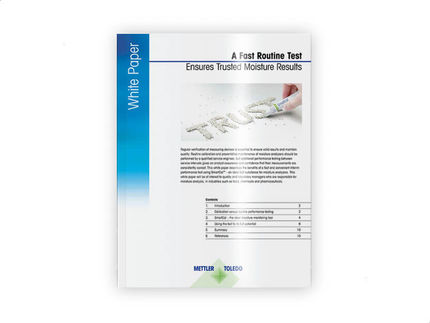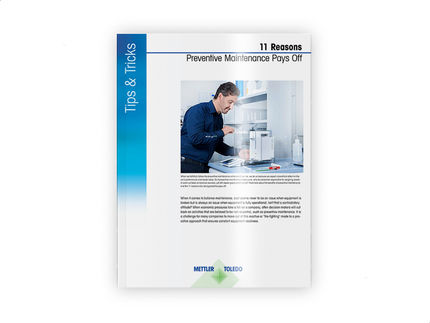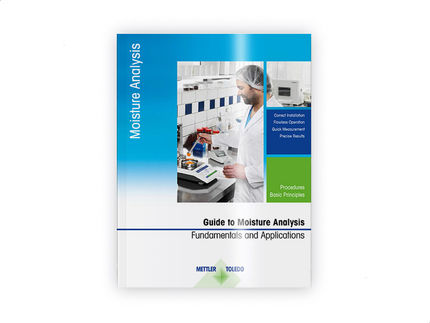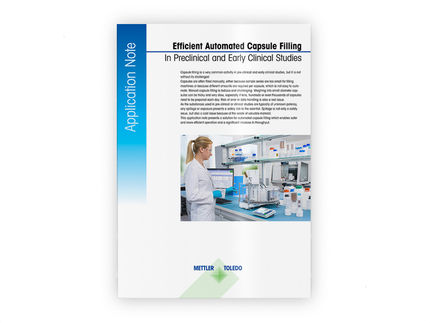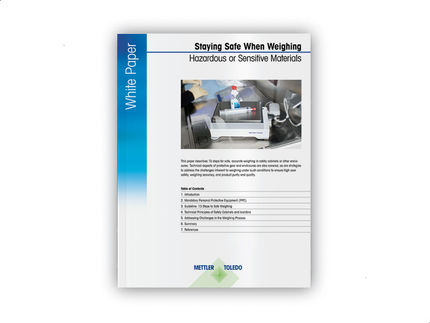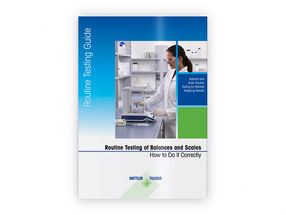Mettler-Toledo
How to ensure accurate weighing results every day?

Routine testing of balances and scales
Routine testing of balances and scales by the user is essential to uncover malfunctions early and eliminate inaccuracies that would otherwise go undetected until your next service calibration. More and more users are realizing that it is both less expensive and more efficient to build quality into weighing results from the start, rather than discovering problems later on.
This short guide explains the four pillars of successful weighing device testing: Test frequency, test methods, test weights and test tolerances. The guide provides easy-to-follow material which outlines how often to test, how to test and which weights to use to ensure proper balance function. Furthermore, links to helpful tools and complementary information are provided.
Discover what is really essential for testing your laboratory balances or industrial scales and how to put routine testing into practice to ensure your weighing results are accurate each and every day.
Advertisement
White Paper classification
White papers on related topics
Products on related topics
Manufacturers of similar products
Webinars on related topics
See the theme worlds for related content
Topic world Weighing
Precise weighing is critical in laboratory and industrial environments. From accurate dosing of chemicals for research experiments to mass production of products, precise weight determination is often the first and most critical step. Modern balances and weighing instruments are sophisticated, offer impressive precision and are resilient to external influences such as temperature and humidity.

Topic world Weighing
Precise weighing is critical in laboratory and industrial environments. From accurate dosing of chemicals for research experiments to mass production of products, precise weight determination is often the first and most critical step. Modern balances and weighing instruments are sophisticated, offer impressive precision and are resilient to external influences such as temperature and humidity.



